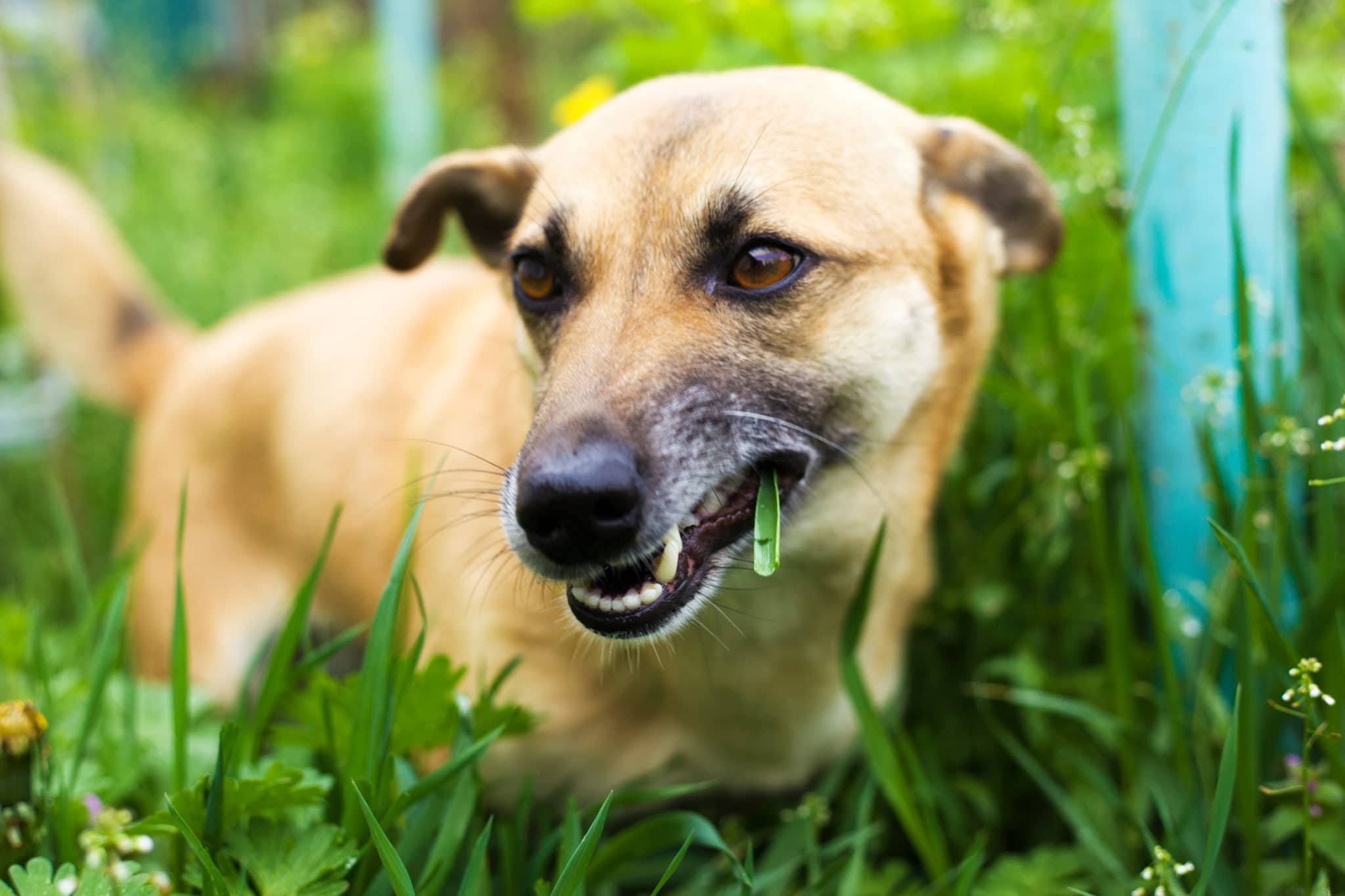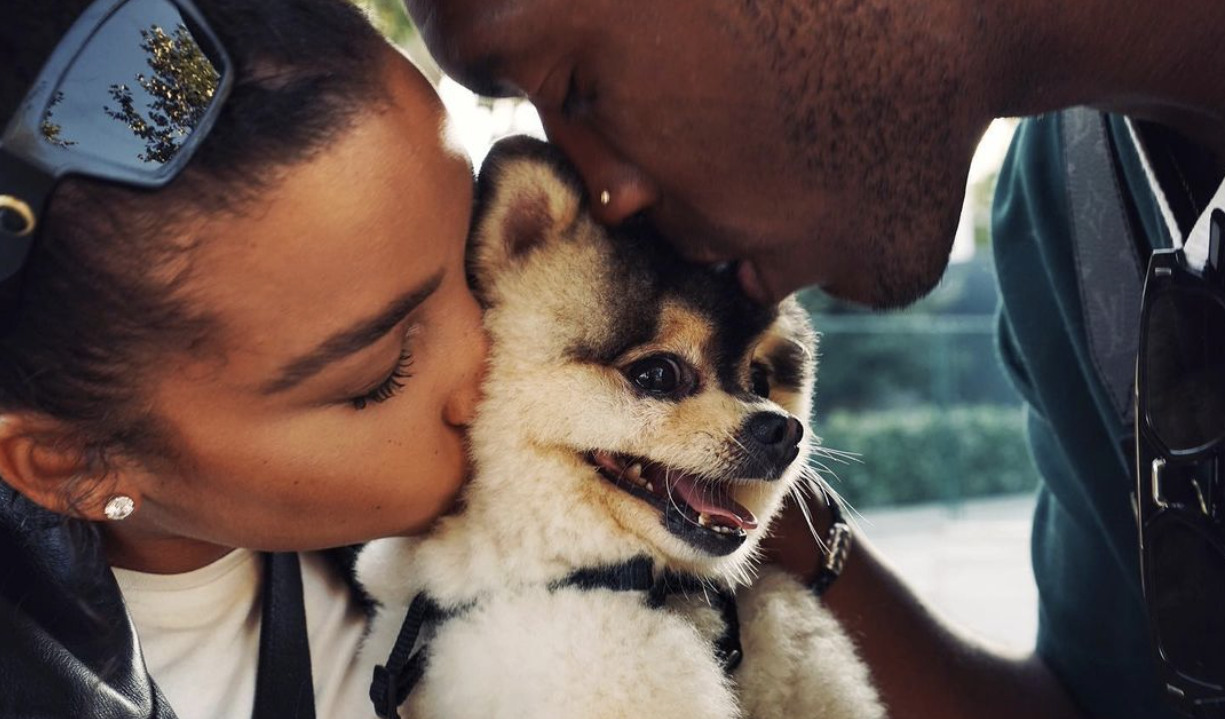You’re petting your cat or dog and you feel something strange. “Is this a lump?” you think to yourself. “What do I do now?”
Believe it or not, this scenario is all too common. In fact, did you know that the chances of your pet developing a growth on or under their skin within their lifetime is close to 100%, especially if your pet is a dog?
The good news is that not all lumps are harmful to your pet’s health. In fact, a fair number of them are totally innocent. But how do you know the difference between a lump that is potentially dangerous and one that is not? And what is the best way to deal with a lump once it is discovered?
Below are the steps you should take if you discover a lump on your furry friend.
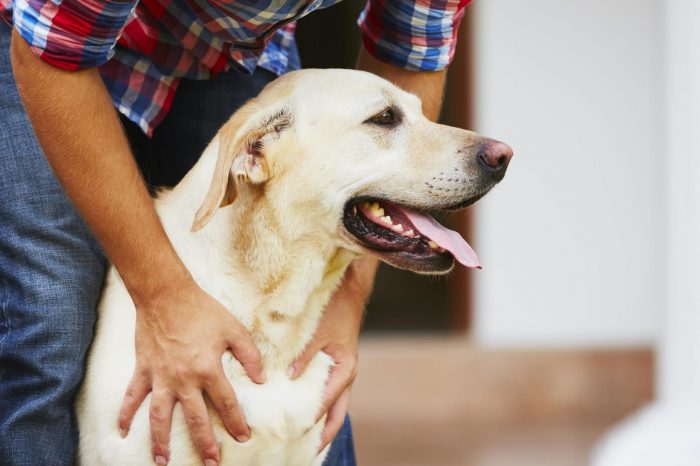
1. Schedule an exam with your veterinarian
The first thing you should do when you discover a lump on your pet is to head over to your veterinarian for an exam.
Unfortunately, many pet owners decide instead to simply monitor a lump that is found, especially if it does not seem to be causing their pet any issues at the time. The truth is, under no circumstances should you ever find a lump on your pet and decide to just “keep an eye on it.”
It’s possible that people opt for the “wait and see” approach because they believe that a lump that isn’t changing must not be one that is particularly harmful. Or perhaps people worry about what might come next if they do have the lump examined.
The truth is, some cancerous lumps may not change very much on the surface, but could still be harming your pet internally by spreading to other parts of the body in secret. In addition, a lump that does end up growing or changing may begin to cause undue pain and distress to you and your pet, and may become much more challenging to address once it reaches this stage.
You see, ignoring a lump can have significant consequences on your pet’s health, and is never a good idea. If you discover a lump on your pet, make sure to get it checked out as soon as possible.
In some instances, an experienced veterinarian may be able to give you a pretty good idea of what the lump is based on the look and feel of it. However, a more definitive diagnosis will likely need to be made using a couple key diagnostic tests.
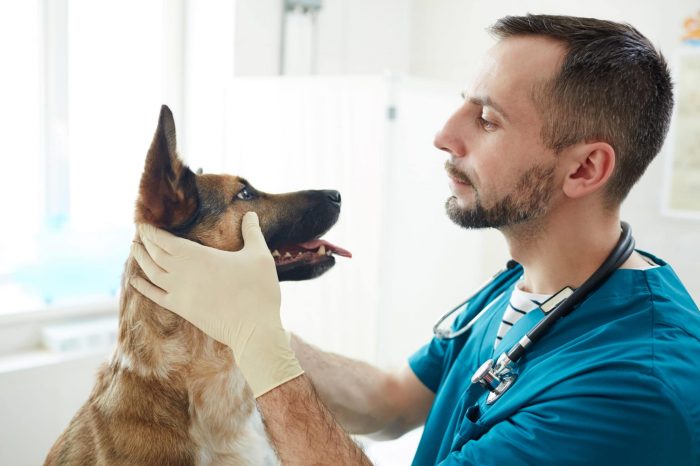
2. Testing the lump
The first test that will be recommended by your veterinarian in the majority of cases is called a fine needle aspirate (FNA). This simple test involves taking a small sample of cells from the lump with a needle and syringe. A fine needle aspirate can generally be performed while your pet is fully awake, is typically not very costly to perform, and can usually provide enough information about the nature of a lump which will help determine the next steps.
Since some lumps are unfortunately not very amenable to being diagnosed via FNA alone, results occasionally come back as inconclusive. If this happens, the next test that may be recommended is called a biopsy. This type of test is able to take a larger sample of tissue from the lump than a FNA and can therefore usually provide more detailed and definitive results. However, performing this type of test may require your pet to be put under anesthesia or at least sedated. This, inherently, comes with increased risks, not to mention a higher cost. In addition, taking a biopsy of a lump that turns out to be an aggressive type of cancer can result in the biopsy site healing poorly if at all, which may cause undue pain and stress for you and your pet.
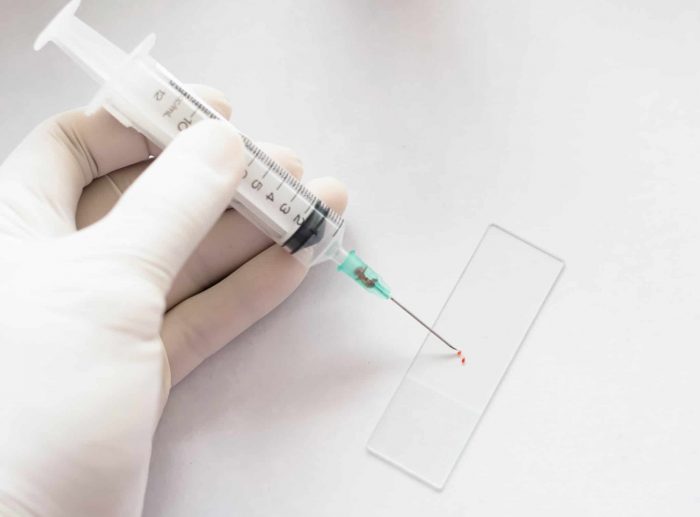
3. Remove it or leave it? The big decision
Once your pet’s lump has been tested and a diagnosis has been made, it will then be time to determine what the next best step is for your pet.
If the lump was found to be benign and is otherwise not causing your pet any trouble, it is completely reasonable to just leave it alone! On the other hand, if the lump was unfortunately found to be malignant (cancerous) or is causing your pet discomfort, options for treating the lump must then be discussed.
In the majority of growths on or under the skin, surgery to remove the lump will be recommended as the best first-line treatment for your pet.

4. Preparing for surgery
While very small, benign lumps may be able to be removed with the aid of just a local anesthetic, the majority of lumps will require your pet to be sedated, if not put under general anesthesia. This is to ensure that the surgery can be performed adequately, without your pet experiencing any pain.
In preparing for surgery, your veterinarian is likely to recommend some additional diagnostic tests that will help to ensure that your pet is in an adequate state of health for sedation or anesthesia. These tests will also help to determine if there has been any spread of cancer (metastasis) prior to surgery, which may alter your veterinarian’s recommended course of action.
As long as your pet’s test results show no obvious abnormalities, you (and your veterinarian!) will have gained much peace of mind and should now be ready to proceed with surgery.
Related article: Anesthesia For Pets– Top 4 Myths And The Truths You Should Know
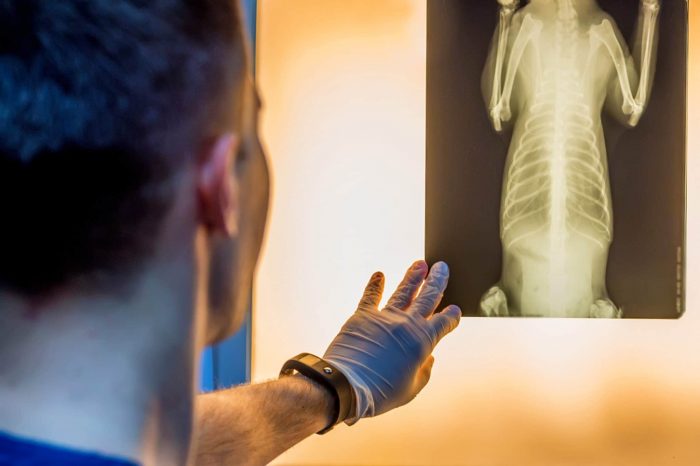
5. Removing the lump
When removing the lump, your veterinarian will aim to achieve the appropriate “surgical margins” based on the type of lump that is present. This means that the lump will be removed with a little extra tissue around it in all directions. This is done to minimize the risk of any microscopic “bits” of the growth being left behind, as this may result in the lump coming back.
Following surgery, it is usually recommended that the lump be sent to the laboratory for its final analysis. This will reveal more information about the nature of the lump and determine whether or not the surgical margins were able to be achieved. These key pieces of information will help your veterinarian determine your pet’s long term prognosis and whether the lump is expected to return.
Related article: So Your Pet Needs Surgery – What To Expect And How To Prepare
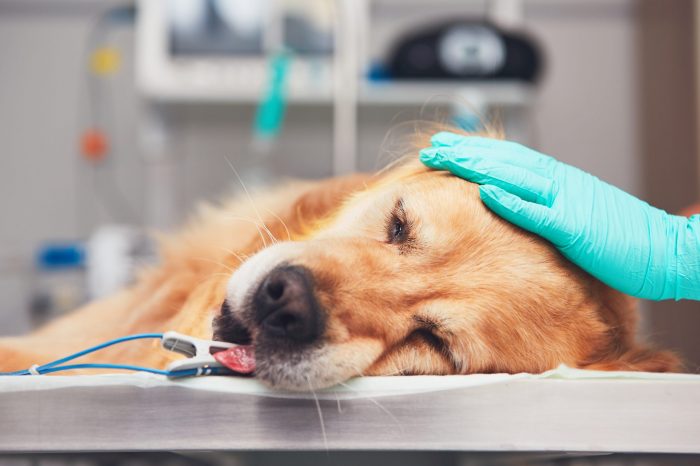
6. Your pet's life after surgery
As long as no significant complications during your pet’s recovery occur, you can expect that your pet will be fully healed in approximately two weeks.
Depending on the results of the lump’s final analysis, your veterinarian may recommend that your pet undergo further treatments such as radiation or chemotherapy. Thankfully, however, many types of lumps can be fully cured with nothing more than a single successful surgery.
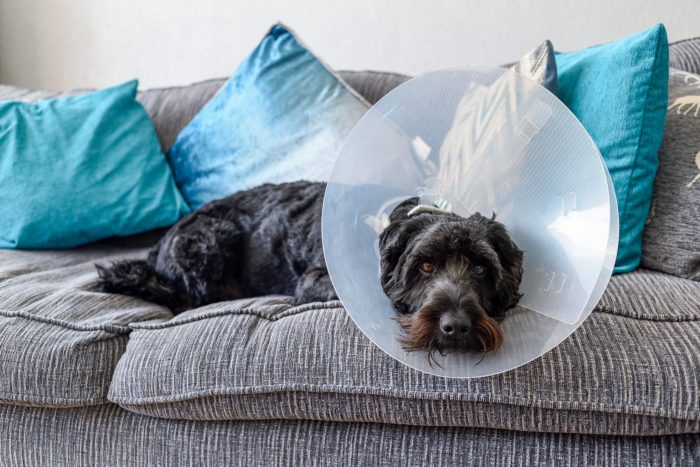
And there you have it! You now know what to do if you discover a lump on your dog or cat, and what to expect thereafter.
Please remember that the first step to addressing any lump is finding it. So make sure to feel and look at your pet closely and frequently. At the end of the day, your veterinarian and your pet count on you to discover a lump when it is in its earliest stages, as nearly all lumps will be able to be addressed more easily when they are small.

